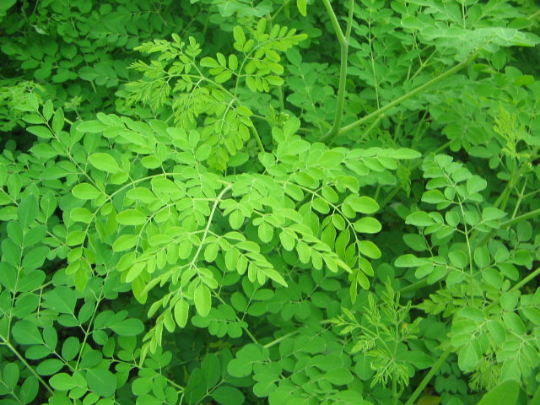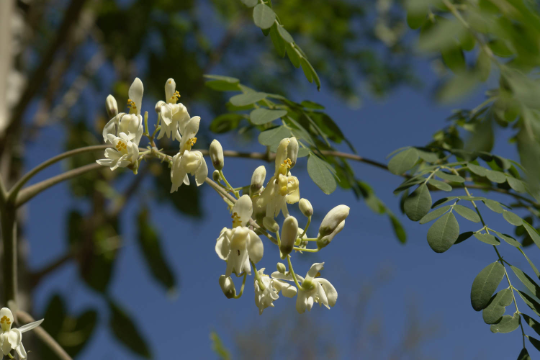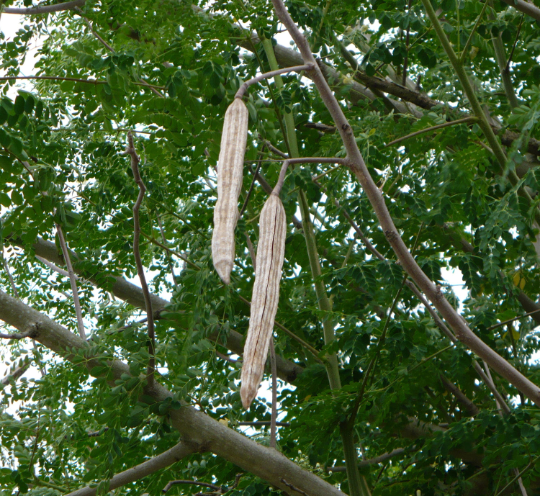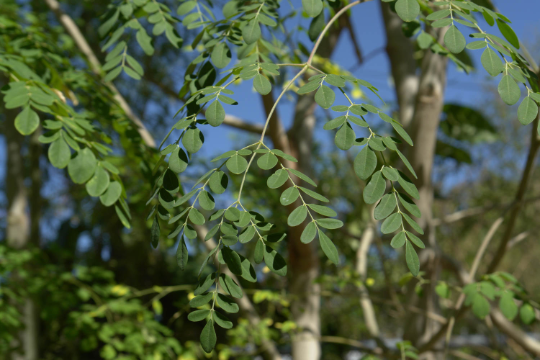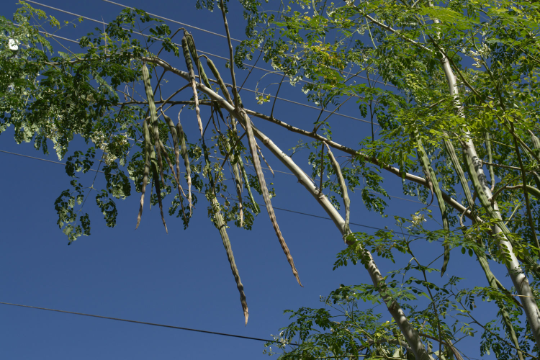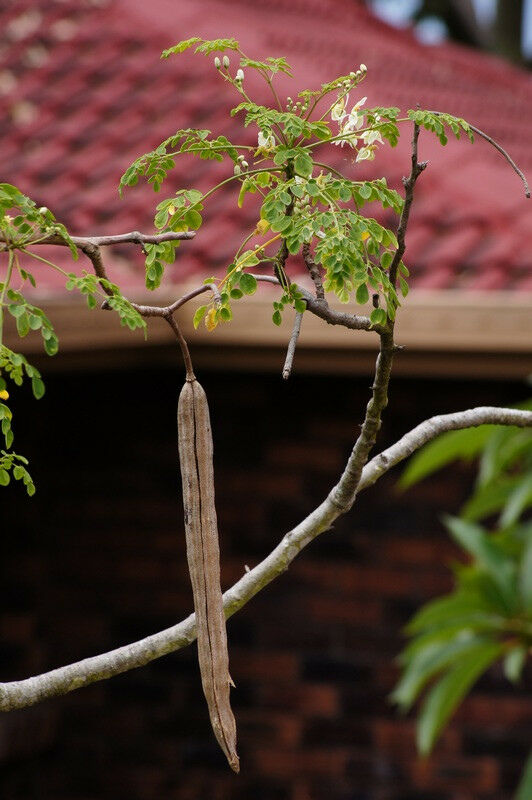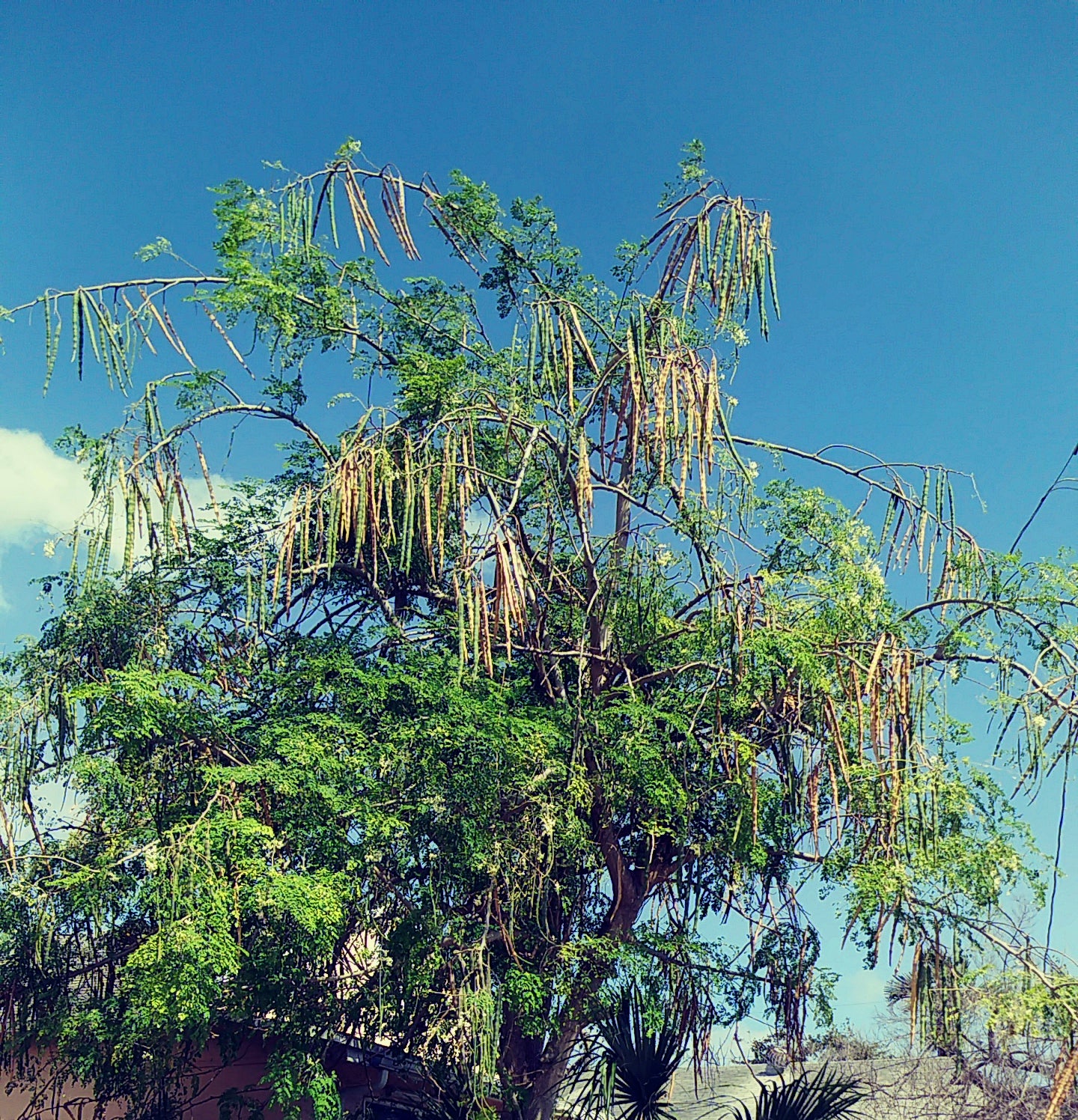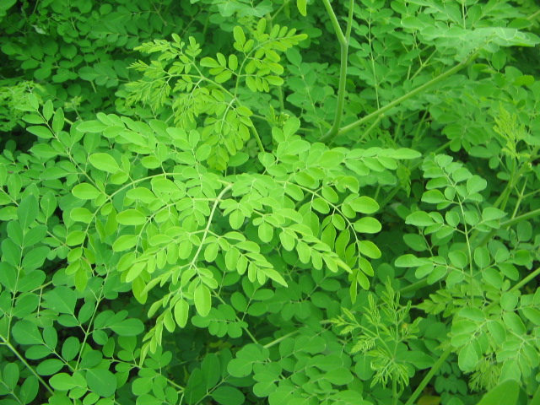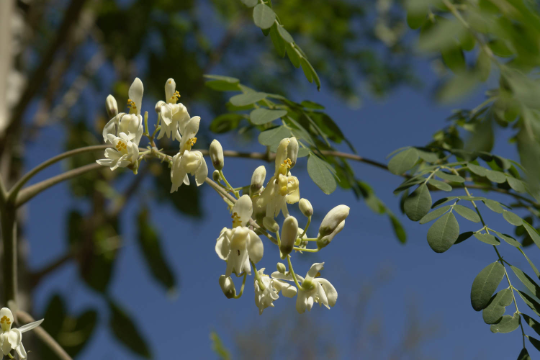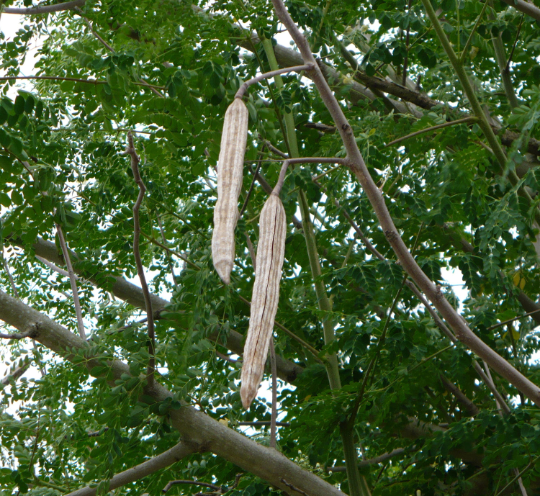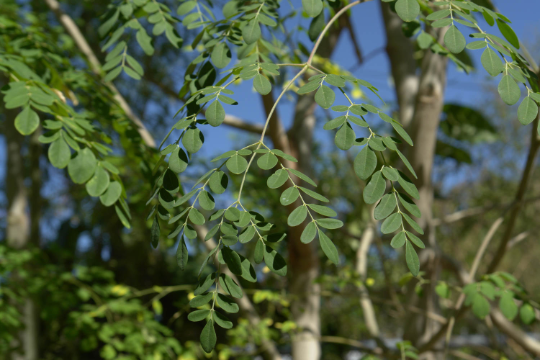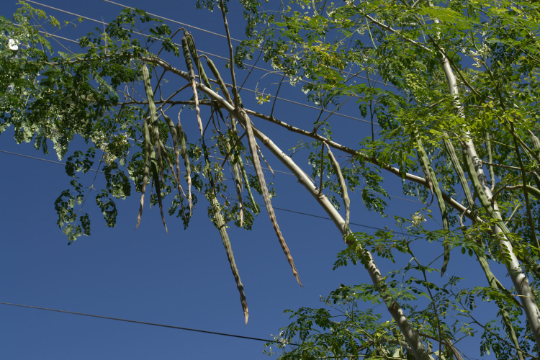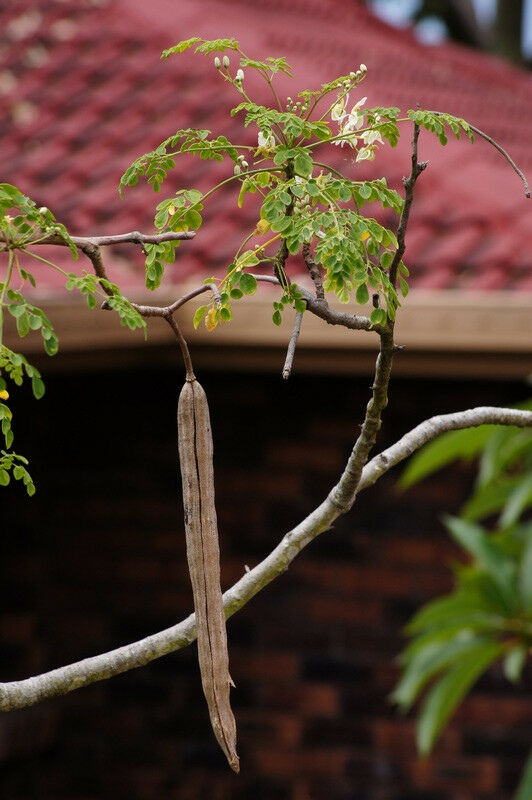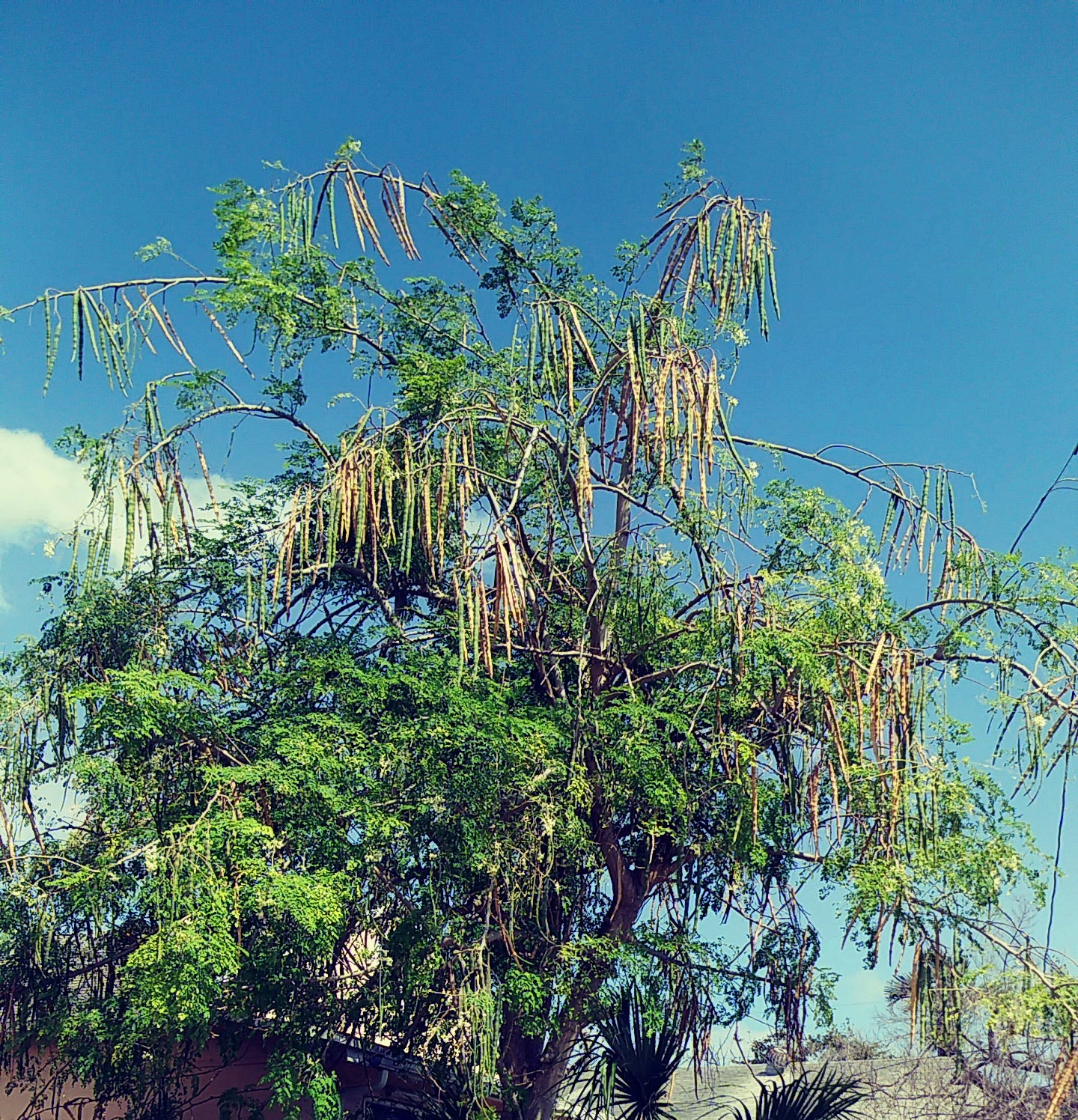Floridaseeds
Horseradish Tree Moringa oleifera 100 Seeds
Horseradish Tree Moringa oleifera 100 Seeds
Couldn't load pickup availability
Moringa oleifera, often referred to simply as moringa, is a versatile and nutrient-rich plant native to the Indian subcontinent but now cultivated in tropical and subtropical regions around the world. Here's a description of this remarkable plant:
Appearance: Moringa oleifera is a fast-growing, deciduous tree that can reach heights of up to 10 to 12 meters (about 30 to 40 feet). It has a slender trunk with drooping branches, and its compound leaves are composed of multiple pairs of small, oval leaflets.
Edible Parts: Nearly every part of the moringa tree is edible and has nutritional value. The leaves are perhaps the most commonly consumed part and are used fresh or dried to make teas, soups, salads, and other dishes. They are exceptionally nutritious, containing high levels of vitamins, minerals, and antioxidants.
Nutritional Value: Moringa leaves are particularly rich in vitamins A, C, and E, as well as minerals like calcium, potassium, and iron. They also contain significant amounts of protein and dietary fiber, making them a valuable addition to diets, especially in regions where malnutrition is prevalent.
Medicinal Uses: In addition to its nutritional benefits, moringa has a long history of traditional medicinal use. Various parts of the plant, including the leaves, seeds, and roots, are believed to have medicinal properties and have been used to treat ailments such as inflammation, digestive disorders, infections, and more. Modern research is exploring the potential health benefits of moringa and its bioactive compounds.
Cultivation: Moringa is well-suited to tropical and subtropical climates and can tolerate a wide range of soil conditions, from sandy to clayey. It is drought-resistant and can thrive in arid regions where other crops struggle. Moringa trees can be propagated from seeds or cuttings and grow rapidly, often producing edible leaves within a few months of planting.
Other Uses: Apart from its nutritional and medicinal value, moringa has various other uses. The seeds contain oil that can be extracted and used for cooking or as a biodiesel fuel. The seed pods, known as drumsticks, are also edible and are used in culinary dishes. Additionally, moringa leaves can be used as fodder for livestock, and the tree provides shade and shelter in agroforestry systems.
Growing Instructions
- Soak the seed in water for several hours.
- Prepare a mixture of half potting soil and half sand, perlite or vermiculite.
- Put the mixture in a pot with drainage holes in the base.
- Water the mixture so that it is moist but not wet.
- Put the seeds on the soil.
- Cover the seeds with a layer of soil ¾” thick.
- Water the seeds and keep the soil moist but not wet.
- Place the pots in an area with warm temperatures in full sun or part shade. They take about 2 weeks to germinate.
- When the seedlings are a few inches tall, they can be transplanted.

